It’s my favorite time of year, SUMMER! I hope you are also enjoying the warm weather, sunshine, traveling, beaches and swimming pools, sprinklers and BBQs, picnics, gardening, more time with friends and family, and of course the food.
When you think of foods that are in season during the summer what comes to mind? Since I live in Illinois, I explore some of the foods that are in season by me in this post. Below I also outline how to look up which foods are in season by you.
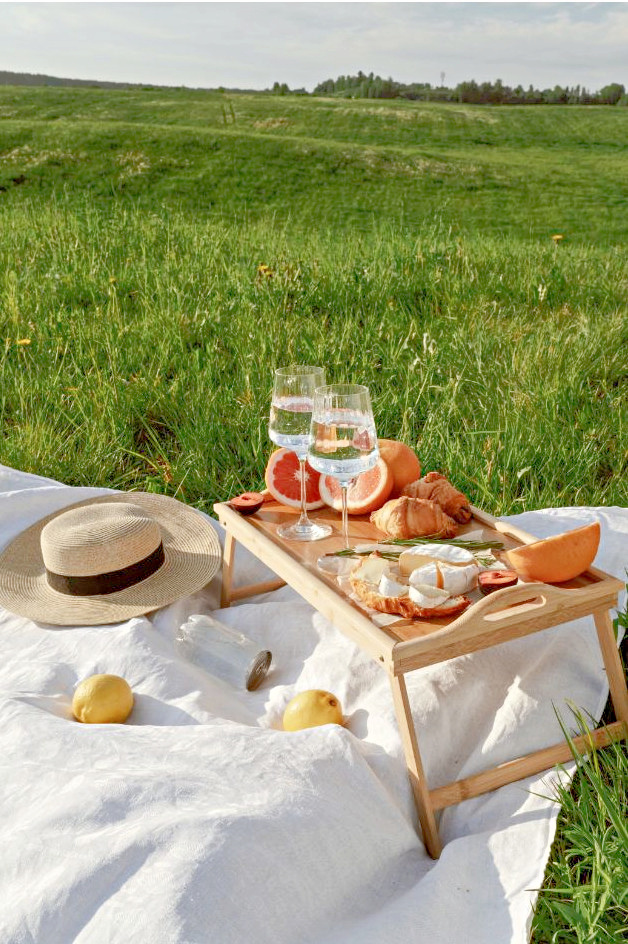
What “In Season” Means for Foods
When I talk about fruits and vegetables that are in season I am talking about those that are picked ripe and fresh, close to where you live.
I have written several articles about this topic. In my article, Eating in Season I discuss what eating in season means in more detail and I also explain the benefits.
Check out my other articles, Foods That are in Season During Spring and Foods That are in Season During the Winter.
Foods in Season During Summer and Their Health Benefits
Plums
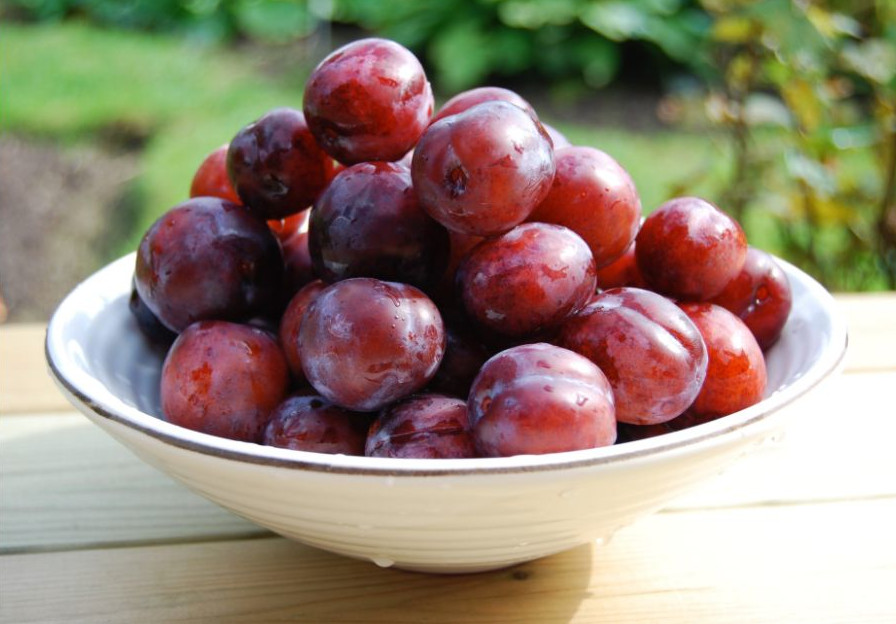
There’s nothing quite like biting into a juicy plum. I’m always delighted to see them in the grocery stores again when summer rolls around.
One plum contains about 30 calories, 7 gm carbohydrate and 1 gm fiber. Each plum also provides about 4 mg calcium, 5 mg magnesium, 11 gm phosphorus, 104 mg potassium, 6 mg vitamin C, 3.3 mcg folate and 48 mcg lutein and zeaxanthin.
And don’t forget, a prune is the dried version of a plum! I definitely enjoy this fruit more in its fresh state. How about you?
Tomatoes
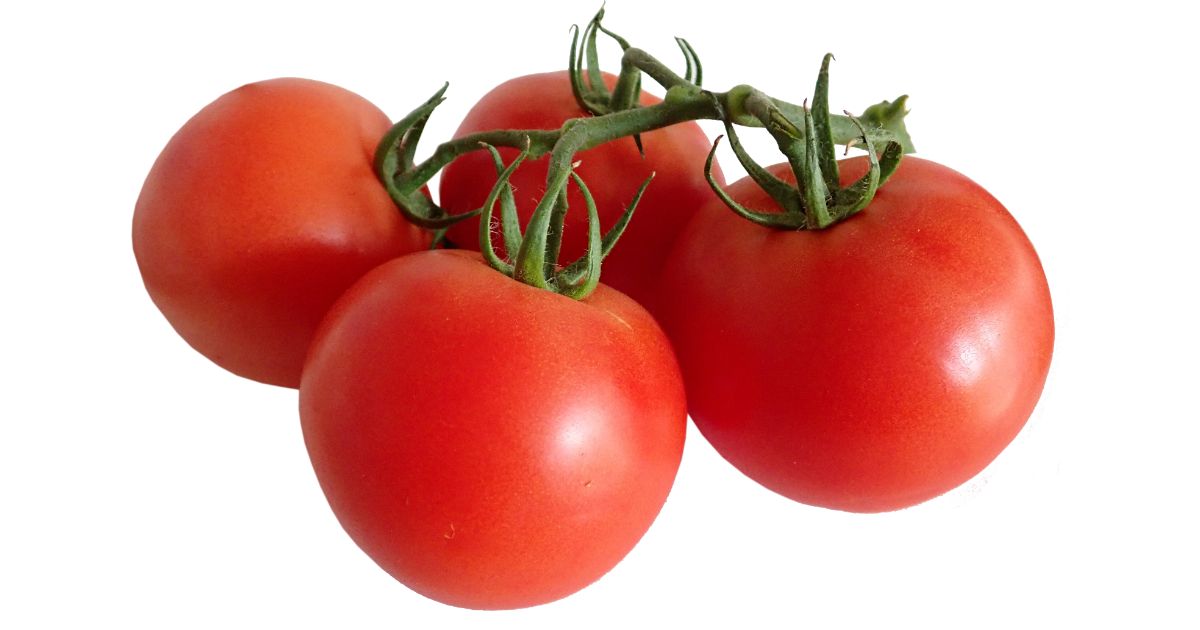
There are so many varieties of tomatoes and they can be used in so many different ways. Tomatoes go great in green salads or pasta salads and also on sandwiches. Tomatoes are used to make sauces like marinara and dips like salsa. I’d be remiss to not mention tomatoes in this post.
On average 1/2 cup of tomato provides 18 calories, 3.5 gm carbohydrate, 1 gm fiber and 1 mg protein. You will also receive 9 mg calcium, 9 mg magnesium, 20 mg phosphorus, 203 mg potassium, 15 mg vitamin C, 12 mcg folate, 6 mg choline, 29 mcg vitamin A, 357 mcg beta carotene, 55 mcg alpha carotene, 2,530 mcg lycopene, 93 mcg lutein and zeaxanthin, and 7 mcg vitamin K. Wow, that’s a lot of good nutrition!
Watermelon
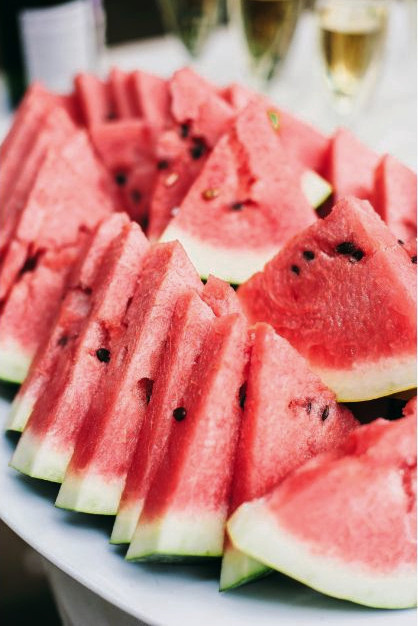
For me, watermelon is the quintessential fruit of the summer. Its sweetness and juiciness go along perfectly with BBQs, picnics, and just about anything else.
One cup of watermelon provides about 47 calories, 12 gm carbohydrate, almost 1 gm fiber and 1 gm protein. You will also receive 11 mg calcium, 16 mg magnesium, 17 mg phosphorus, 174 mg potassium, 13 mg vitamin C, 5 mcg folate, 6 mg choline, 43 mcg vitamin A, 470 mcg beta carotene, 7,020 mcg lycopene and 12.4 mcg lutein and zeaxanthin.
Green beans
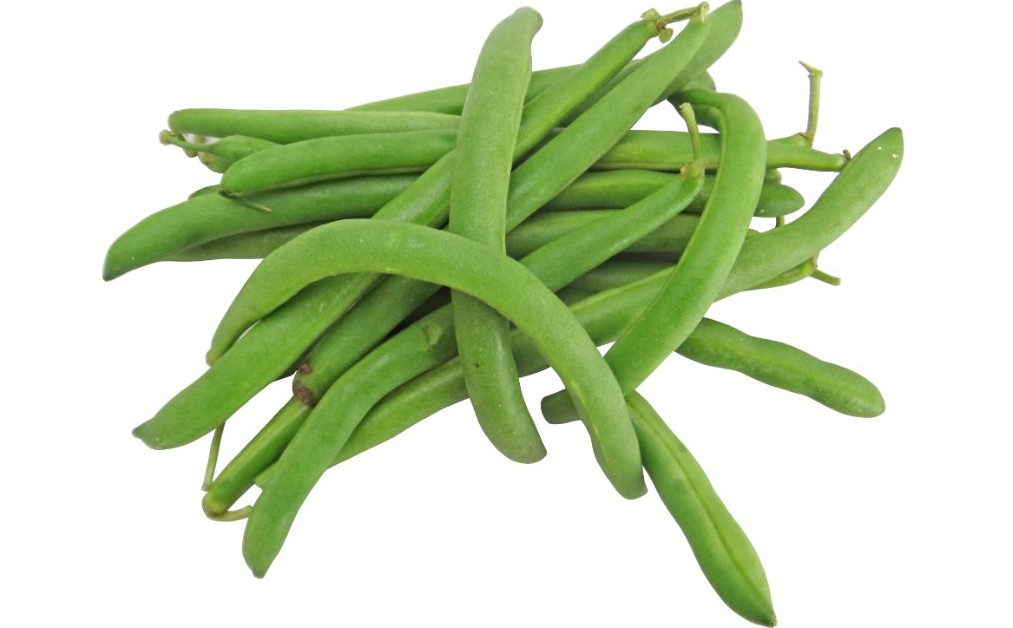
I really enjoy fresh green beans because they are especially crisp. Blanche these beauties to freeze or boil for several minutes to eat immediately.
A half cup of boiled green beans has about 22 calories, 5 mg carbohydrate, 2 gm fiber and 1 gm protein. The same serving of boiled green beans also provides about 28 mg calcium, 11 mg magnesium, 18 mg phosphorus, 91 mg potassium, 6 mg vitamin C, 21 mcg folate, 10 mg choline, 20 mcg vitamin A, 238 mcg beta carotene, 400 mcg lutein and zeaxanthin and 30 mcg vitamin K.
Lavender
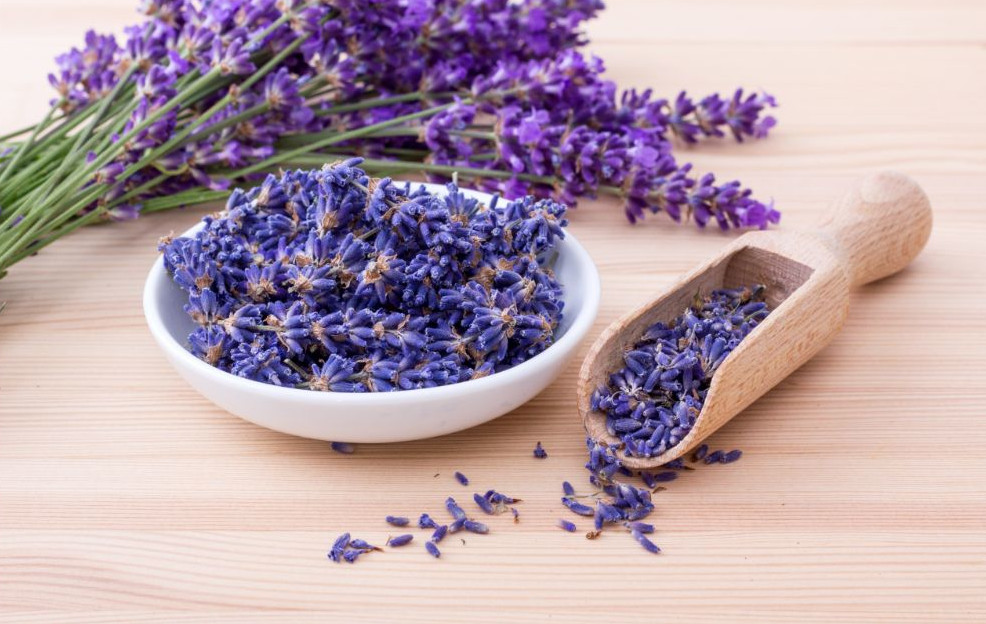
Did you expect to see lavender in this list? I didn’t. But lavender is considered in season, and I really do love this flowery herb. I have never cooked with lavender myself but it is related to mint and it is edible! I typically use dried lavender to decorate around my house or I use lavender essential oils in my diffuser. Now I am curious to try it as an herb.
A small amount of lavender can be added to desserts, drinks, jams or even savory dishes for a complementary sweet and citrusy flavor. You can use the leaves and stem, but more flavor is found in the flower.
When cooking with lavender, opt to use a culinary variety such as English Lavender or Munstead lavender. If you have tried cooking or baking with lavender, leave a comment below about your experience! I plan on trying it myself and will let you know how it goes.
Peppers
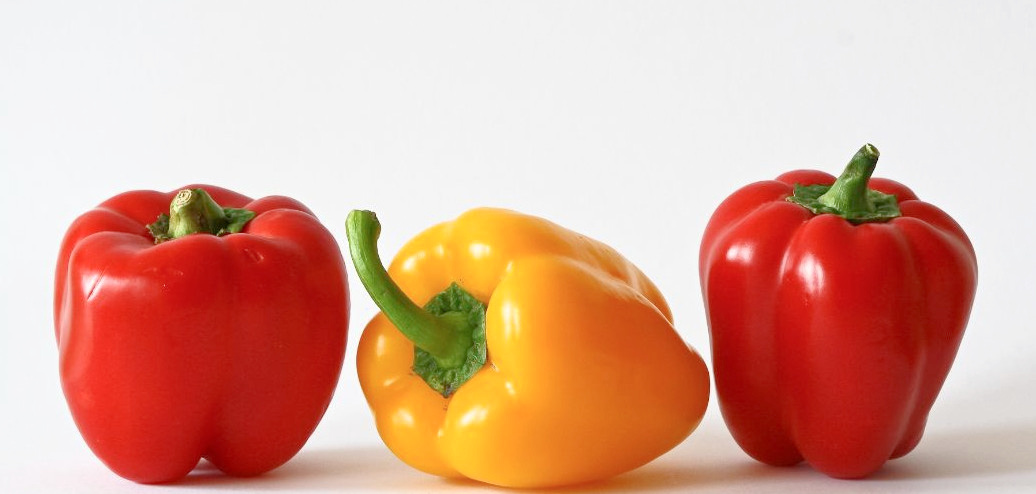
Peppers add a lot of interesting color and flavor to dishes. I love that you can pick from green, red, orange or yellow. Sweet peppers make for an easy serving of vegetables when you slice them up and serve them with a meal.
1 cup of chopped red pepper offers about 39 calories, 9 gm carbohydrate, 3 gm fiber and 1.5 gm protein. They will also provide about 10 mg calcium, 18 mg magnesium, 39 mg phosphorus, 314 mg potassium, 191 mg vitamin C, 69 mcg folate, 8 mg choline, 234 mcg vitamin A, 2.410 mcg beta carotene, and 76 mcg lutein and zeaxanthin.
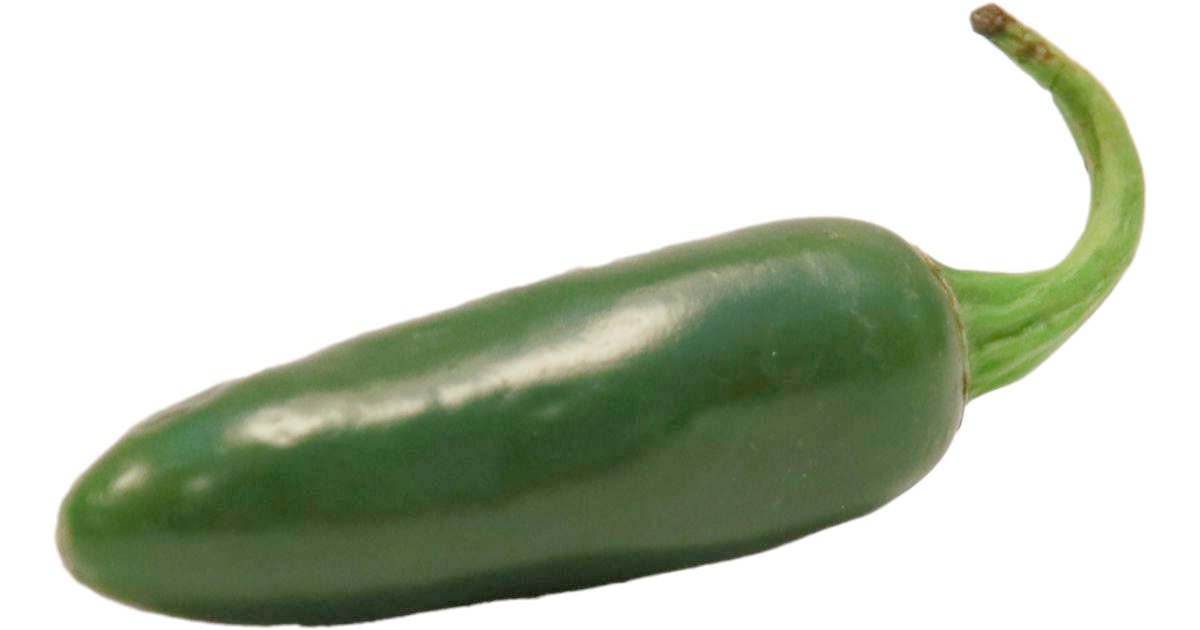
Jalapeños go great in Mexican dishes and they are also a great way to add flavor to eggs or omelets. I like to sauté jalapeño before adding it to my breakfast eggs.
One raw jalapeño pepper offers about 4 calories, 1 g carbohydrate, 4 mg phosphorus, 35 mg potassium, 17 mg vitamin C, 4 mcg folate, 8 mcg vitamin A and 121 mcg lutein and zeaxanthin.
Which Foods are in Season by You During Summer?
If you do not live in the Midwest you may be wondering which foods are in season by you. You can use this seasonal food guide to see which foods are local to you this season.
This website allows you to search by state and also by month. Make sure you check on foods in season during all of summer. This includes the end of June, all of July and August and also the beginning of September. I just love the abundance of foods that are in season during summer!
Thanks for the information. I like knowing the nutritional information of food.
Ripe plums are definitely a healthy and delicious treat.
Thank you! I usually forget all about plums until they show up in the grocery stores again over the summer. They are so good!